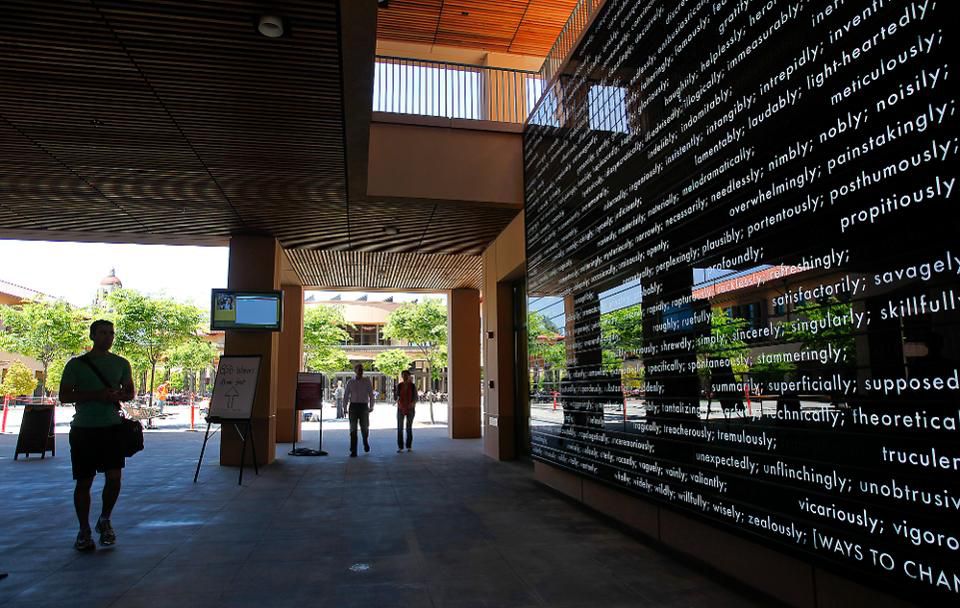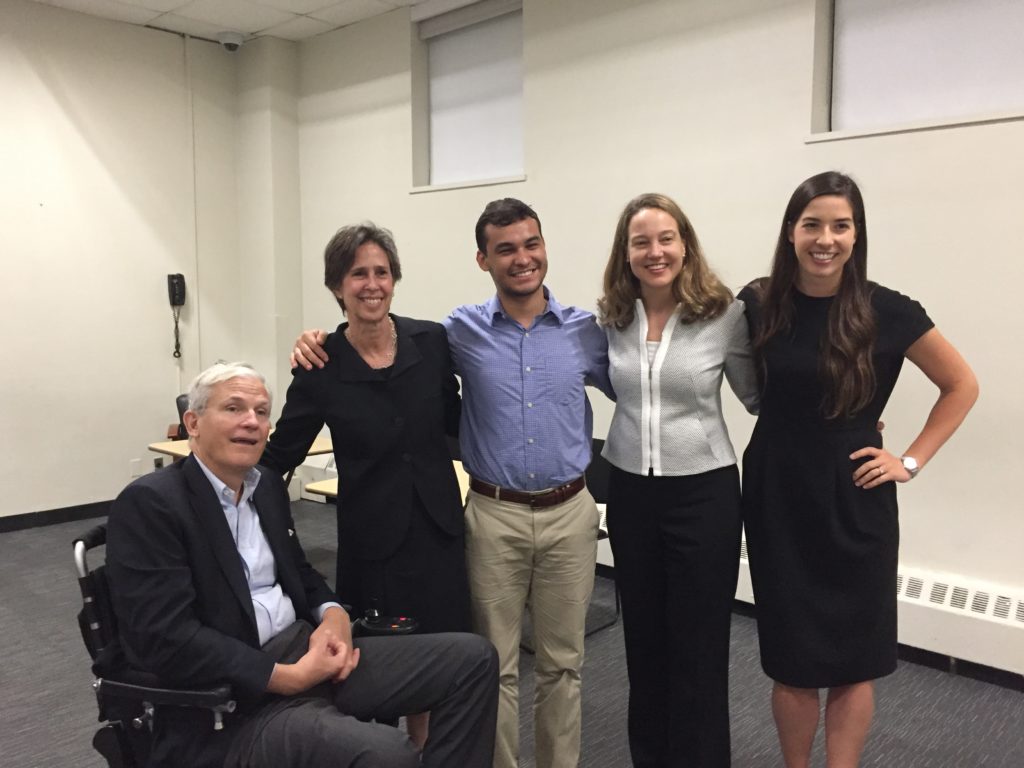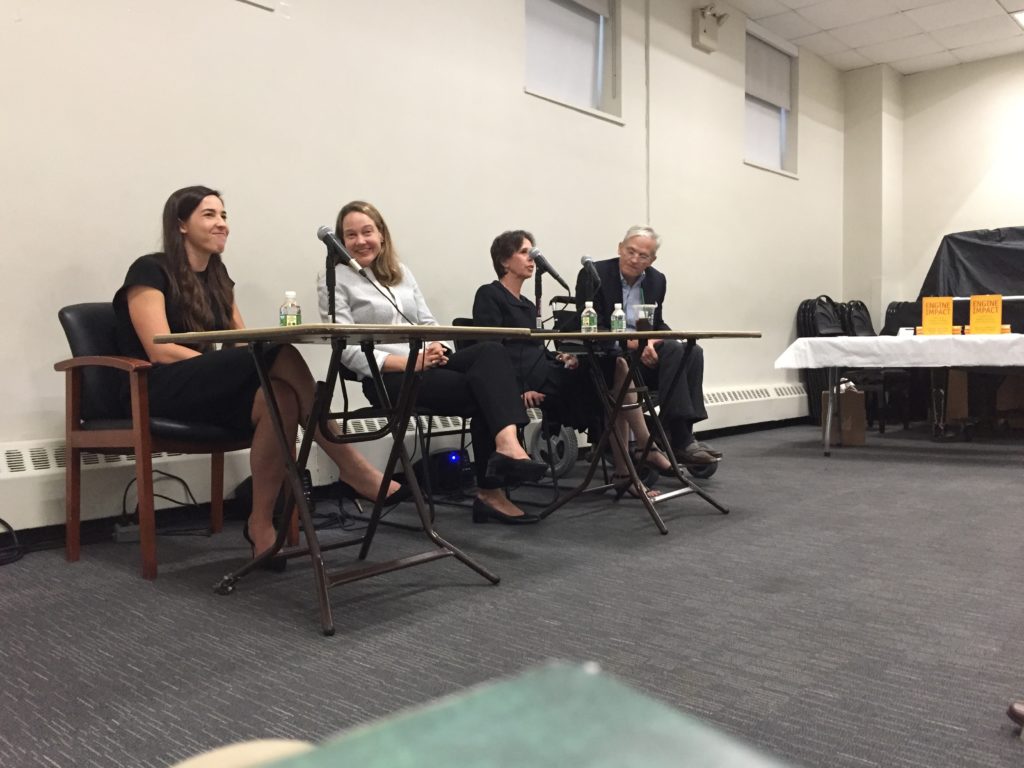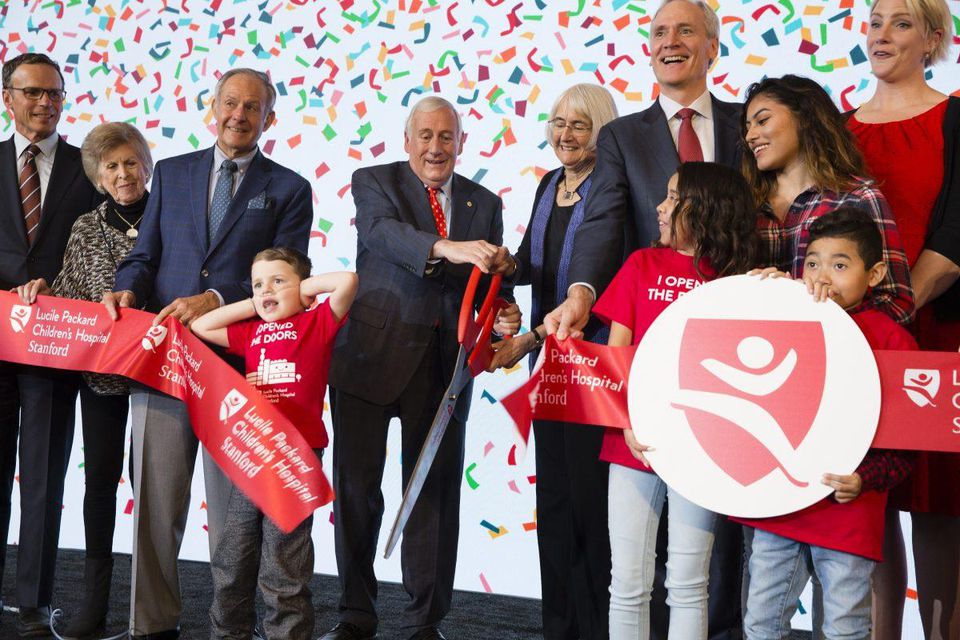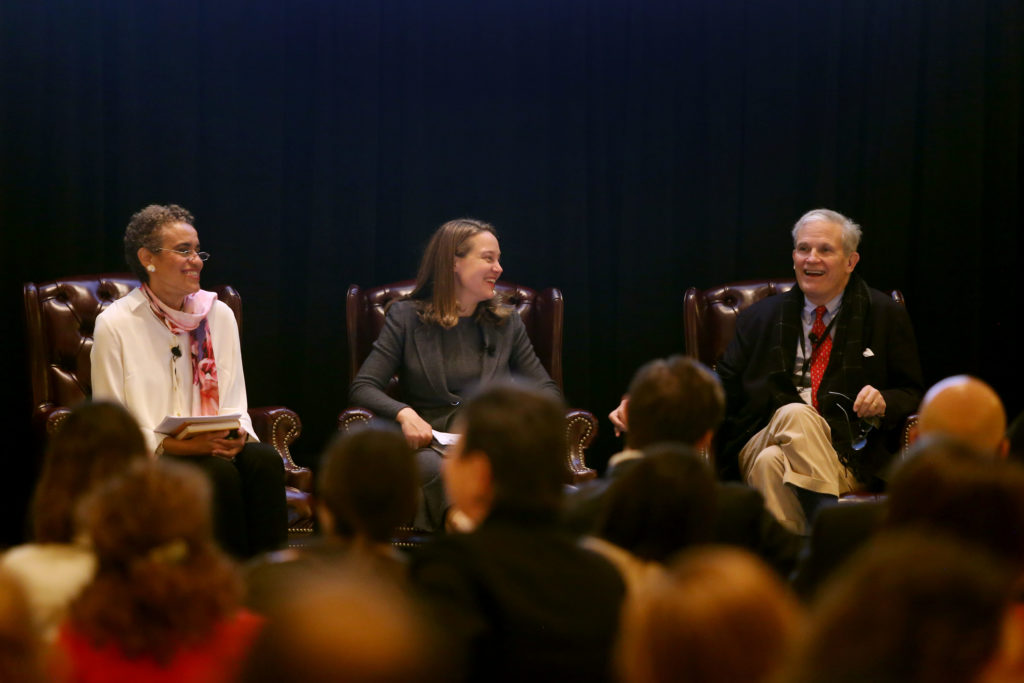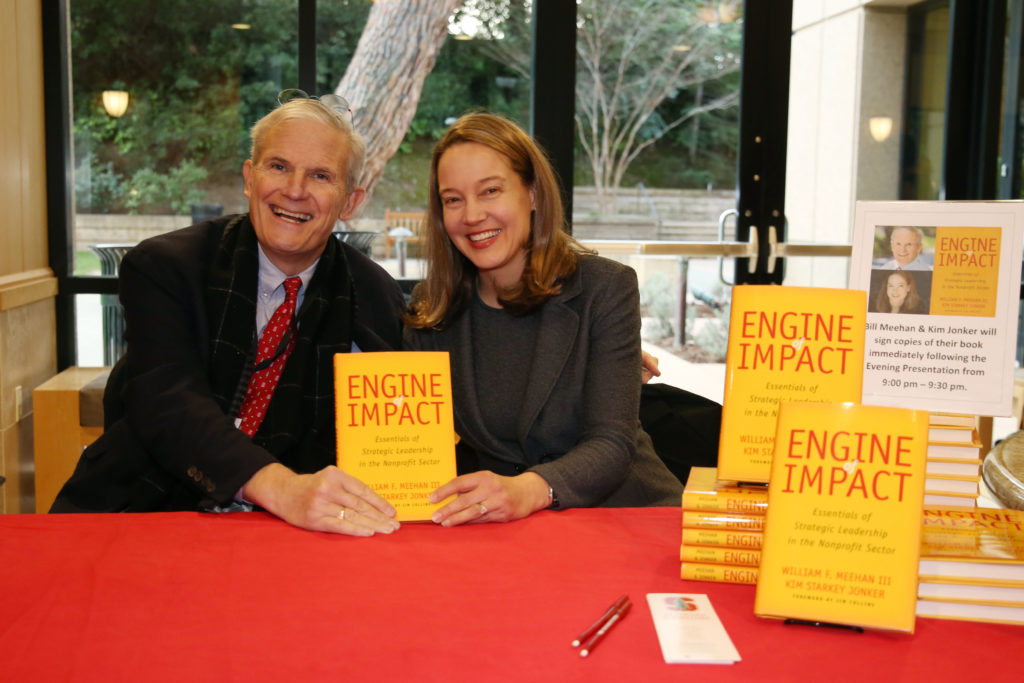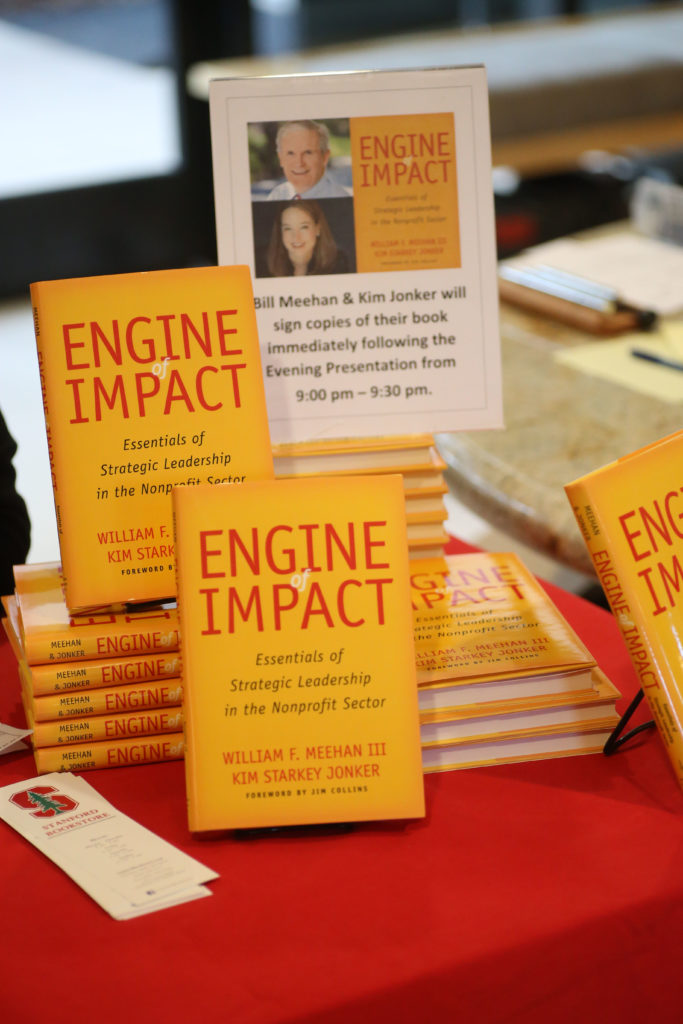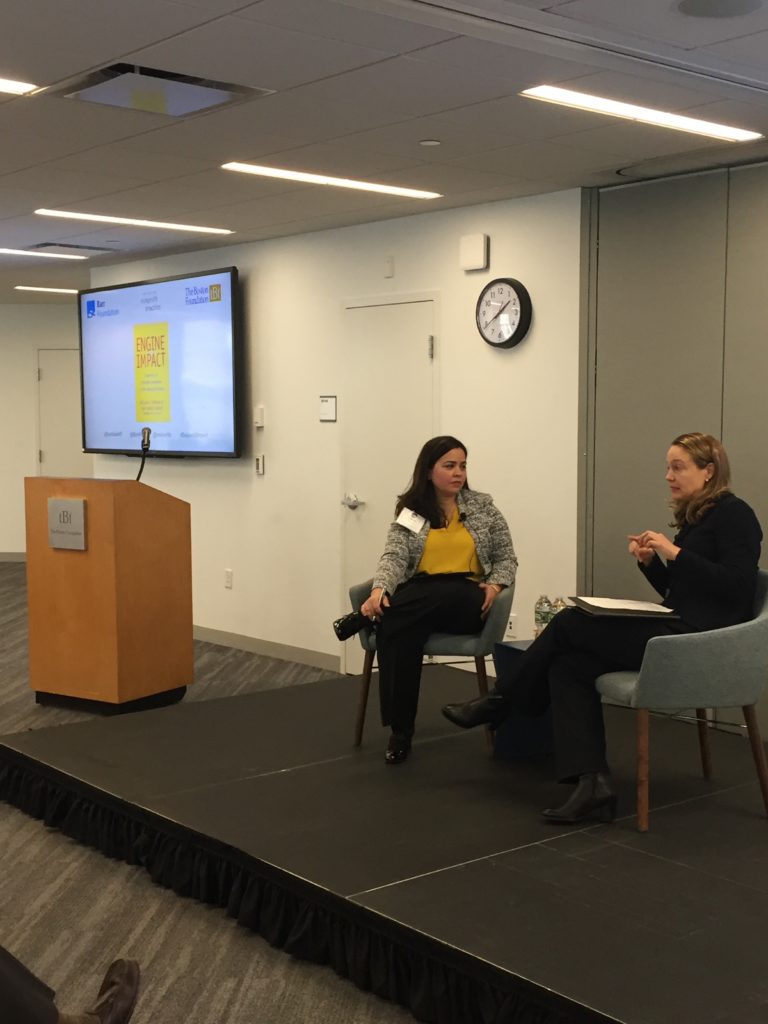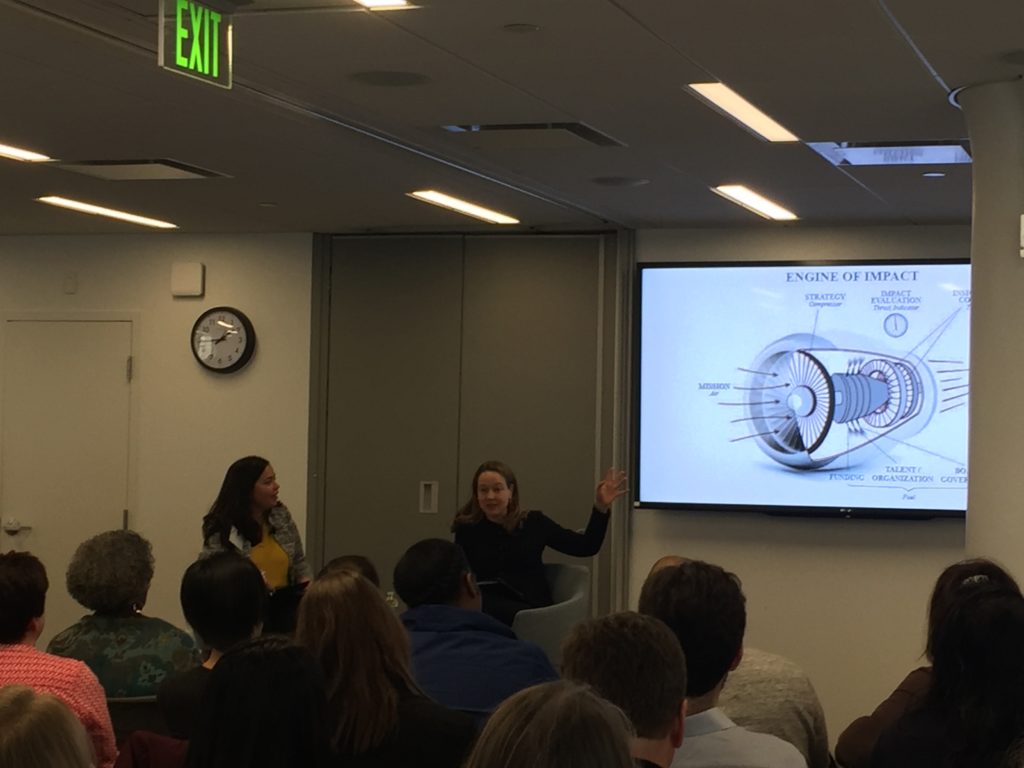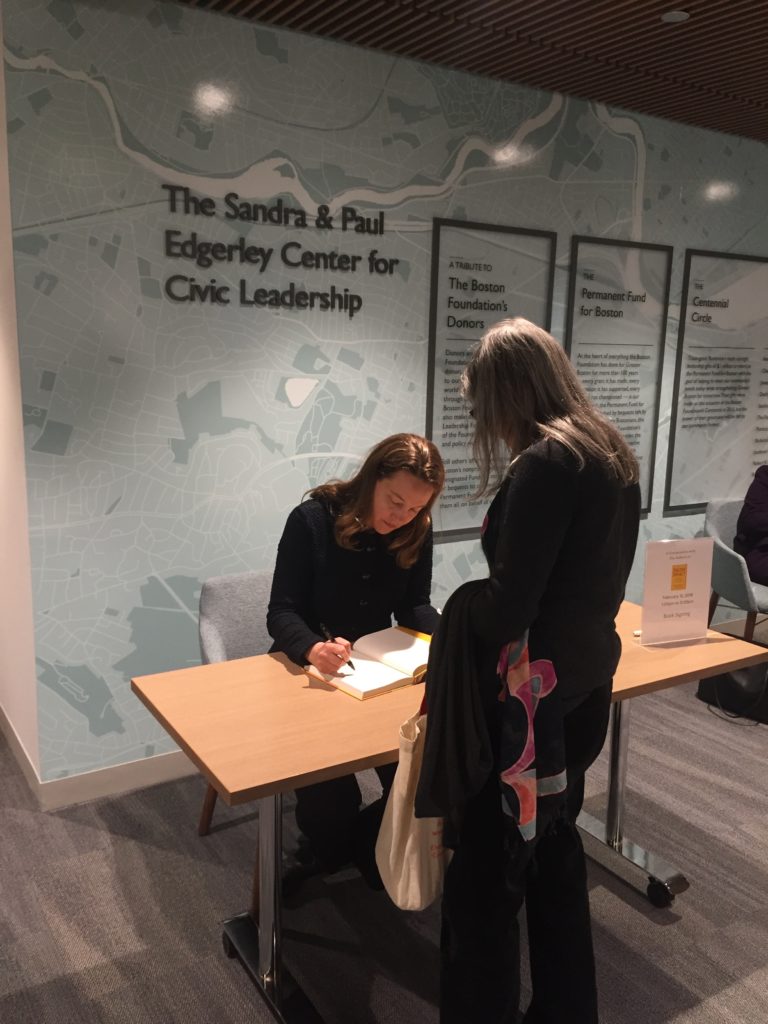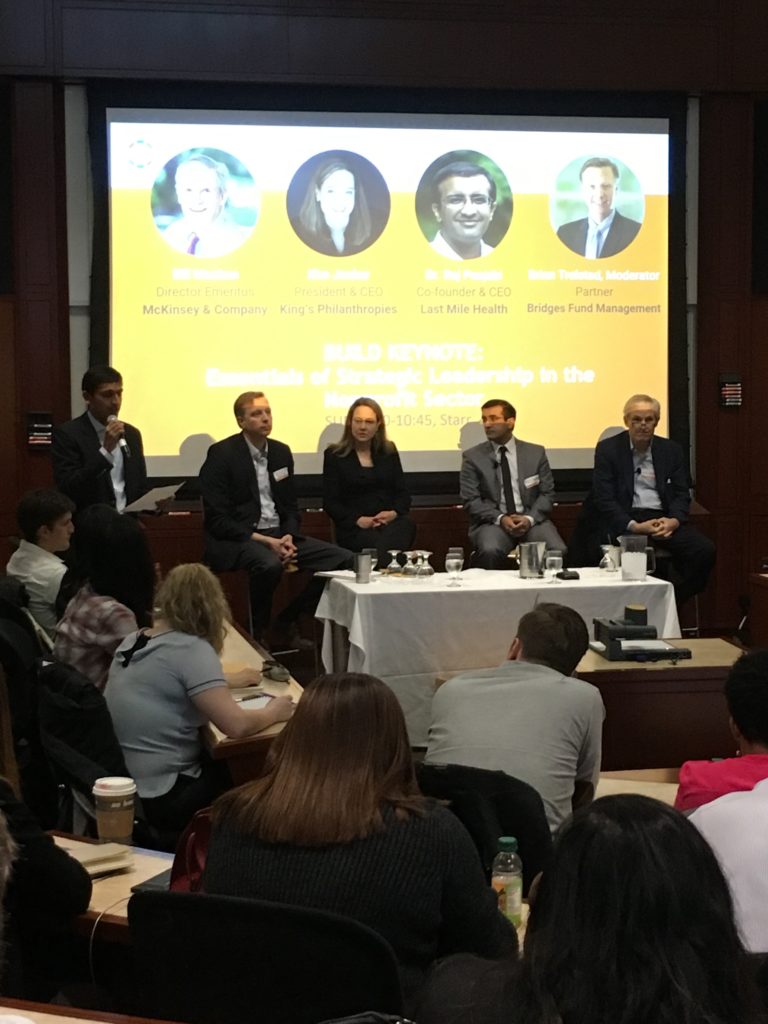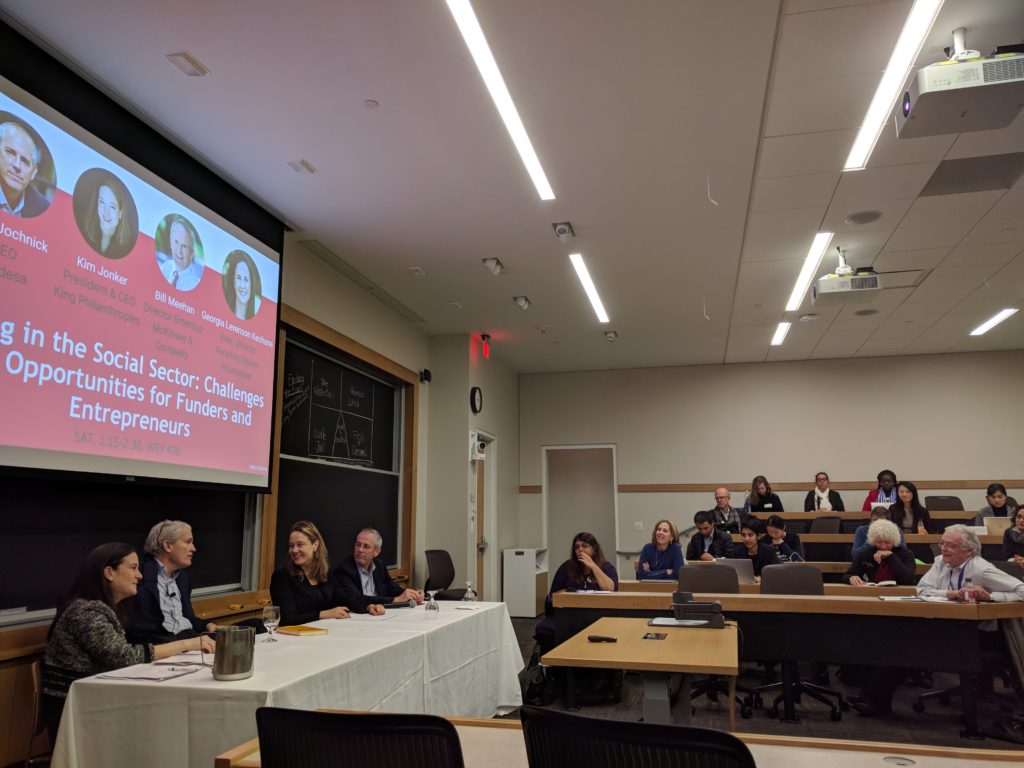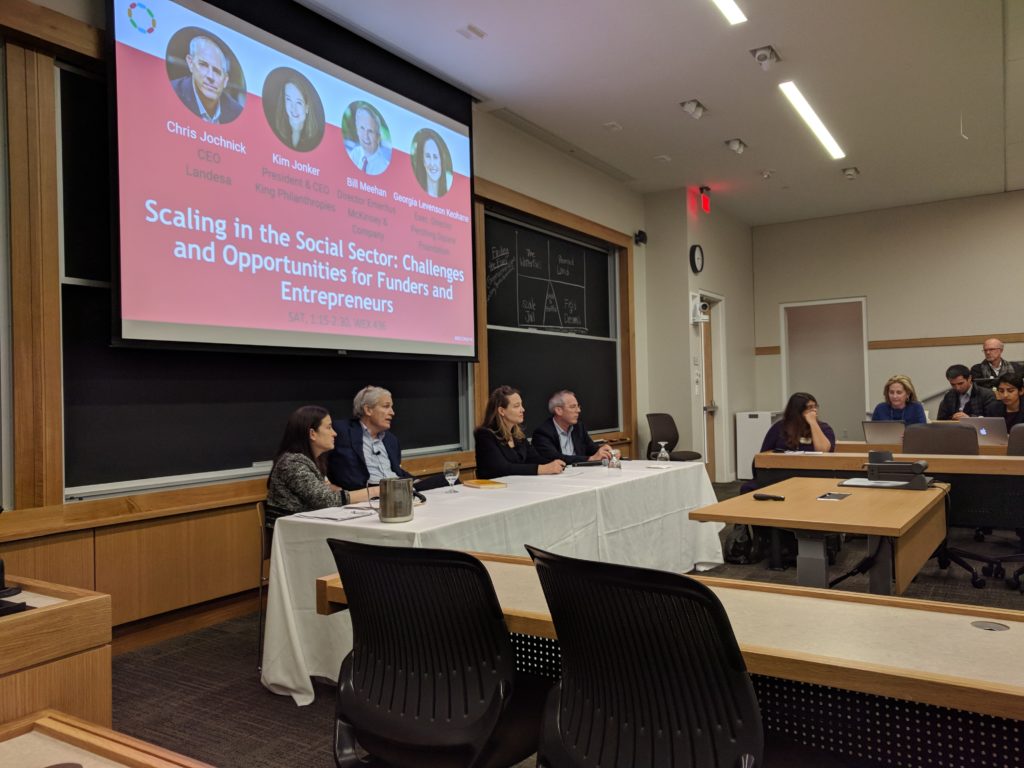Turning ‘Doing Well By Doing Good’ Into Real Millennial Social-Sector Leadership
Turning ‘Doing Well By Doing Good’ Into Real Millennial Social-Sector Leadership
Do well by doing good. Within the social sector and beyond, that phrase that has become a much-abused cliché and even the subject of some recent controversy. But on university campuses today, it speaks to something very real: Students today are eager pursue viable careers that will enable them to achieve beneficial social impact.
But how? This urge to do good, we have found, is often as inchoate as it its fervent. Many of the students we encounter through our teaching at Stanford Graduate School of Business (GSB) do find ways to serve genuine human needs. Too often, though, students become captivated by “business for good” models that are long on marketing appeal and short on proven impact: buy-one-get-one schemes that allow consumers to send some product to the poor and needy simply by purchasing that product for themselves, or enterprises that market fancy branded products (ice cream, salad dressing, and the like) and give some of the profits “to charity.”
The notion that efforts of this kind will make an appreciable dent in the world’s most pressing problems is dubious at best. Students deserve better.
In our previous Forbes column article, “Big Topic on Campus–Doing Well By Doing Good,” we discussed the increasingly high profile that the social sector now enjoys at colleges and universities, and we linked that trend to our longstanding “crusade” to bring greater rigor to the sector.
In this article, we will delve into the challenge of creating academic programs that equip students to have lasting impact.
Big Topic On Campus: Doing Well By Doing Good
Once upon a time, the visiting “rock stars” on college campuses were, well, rock stars. Or at any rate they were people who exuded rock-star glamour—luminaries from the world of entertainment and celebrity, or high-profile figures from “power” fields such as government, law, and business.
It’s different now. Today, the speakers who draw the biggest and most boisterous crowds—who fill students with a yearning to follow in their footsteps—are often dedicated men and women who run “do-gooding” organizations. They are nonprofit leaders and social entrepreneurs. In many cases, they work in the poorest, least-glamorous regions of the world.
But even as we celebrate this progress, we are left with some nagging questions: How well are we translating the work of scholars who study social sector issues into programs for students who are eager to become the next Paul Farmer? How well are we actually preparing these students to be effective leaders who can achieve substantial impact?
Read our thoughts on the challenges of teaching “impact” in our Forbes column here.
Business Strategy For The Social Sector: In Praise Of Economist Sharon Oster’s 6 Forces Model
To succeed, must nonprofit leaders treat their organization as rigorously as a business? Must they heed the core lessons of business strategy? Yes, definitely. Or must they recognize that a nonprofit is fundamentally different from a for-profit enterprise? Must they learn to operate in an environment unlike the one that business leaders are used to navigating? Yes, definitely.
Working through that apparent conundrum is central to the task of strategic leadership in the nonprofit sector. High-performance nonprofit organizations, we have learned over many decades of studying them, closely resemble high-performance companies—except for crucial ways in which they don’t resemble companies at all.
Read more about the value of Oster’s 6 Forces Model in our Forbes column here.
A ‘Mother’s Vision’: Building And Scaling A Premier Children’s Hospital
On the virtual tour of its new building, Packard Children’s declares, “Healing is an art. And a science. And, in this case, a place.”
With its strong record of high performance, Packard Children’s has reached that “place” because its leaders, over the course of more than three decades, have practiced strategic leadership—a mode of nonprofit excellence that incorporates seven essential elements. Only by excelling at all seven of those elements, we have found, can a nonprofit earn the right to scale its impact. (We explore all of these elements, along with the principle of earning the right to scale, in our book, Engine of Impact.)
In our latest Forbes Column here, we draw upon insights from two leaders of Packard Children’s, Susan Packard Orr, and Chris Dawes, and highlight their approaches to strategic leadership.
Meehan and Starkey Jonker speak at 92Y
Bill Meehan and Kim Starkey Jonker recently spoke at the 92 St Y in New York City, offering insights on the leadership essentials necessary to achieve impact in the nonprofit sector.
The discussion was moderated by Kathy Spahn, CEO of the award-winning nonprofit Helen Keller International. Olympic Gold Medalist Maya DiRado introduced the speakers and shared reflections of how Engine of Impact had influenced her own journey into the social sector.
‘Unparalleled Leadership’: Lessons From The CEO Of A Top Children’s Hospital
Packard Children’s is a pillar of the Bay Area community, and we number ourselves among the many deep admirers of Dawes’s leadership. Our ranks include Susan Packard Orr, the esteemed philanthropist who served on the hospital’s board of directors for many years and daughter of Lucile Packard, for whom the children’s hospital is named. “Chris Dawes was the driving force,” she said. “He has a wonderful way of getting along with everyone but still pushing – always pushing, pushing towards the goals.”
“We are only as good as our people.” We quote that piece of common wisdom in our book, Engine of Impact, and we add an important corollary: “your people, however good, will thrive only in a strong organization with wise and responsive leadership.” Dawes, in our view, exemplifies leadership of that caliber. So, on the occasion of his retirement from Stanford Children’s, we asked him to sit down with us in Menlo Park and share insights from his many years at the helm. We summarize several of those insights in our Forbes column here.
Bill Meehan and Kim Starkey Jonker speak at the HBS-GSB Board Summit
The 4th Annual HBS-GSB Board Summit, titled “Building High-Impact Non-Profit Boards” and jointly hosted by Harvard Business School Community Partners and Stanford Graduate School of Business, featured a keynote presentation that included a fireside chat with Bill Meehan and Kim Starkey Jonker.
Kim Starkey Jonker at the Boston Foundation
Kim Starkey Jonker spoke at an event cosponsored by The Boston Foundation, the Barr Foundation, and the Institute for Nonprofit Practice. Yolanda Coentro, the President and CEO of the Institute for Nonprofit Practice, moderated a discussion on the impetus for writing a book on the social sector, the elements of strategic leadership, and broadly, the challenges facing the sector today.
Meehan and Starkey Jonker at the Harvard Social Enterprise Conference, 2018
Bill Meehan and Kim Starkey Jonker were speakers at the Harvard Social Enterprise Conference, co-hosted by Harvard Business School and Harvard Kennedy School. They appeared on a panel with Raj Panjabi, co-founder and CEO of Last Mile Health, and Brian Trelstad, a partner at Bridges Fund Management and a Senior Lecturer at the Harvard Business School, and also on a panel with Georgia Levenson Keohane, author of two books on social enterprise and a Professor at Columbia Business School, and Chris Jochnick, President and CEO of Landesa.
Stanford University Book Launch (Photos)
In conjunction with the official publication of Engine of Impact on Nov. 14, John Hennessy, former president of Stanford University, moderated a discussion with Bill Meehan and Kim Starkey Jonker on Nov. 9, hosted on the Stanford campus by the Center on Philanthropy and Civil Society (PACS).
Photos from the event:
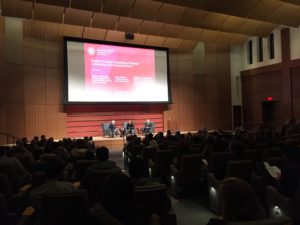
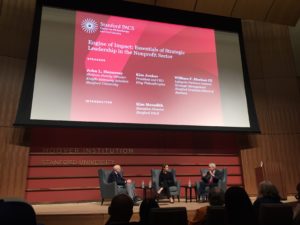
- 1
- 2
Subscribe to receive updates on new content
